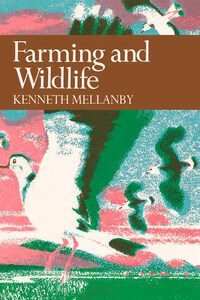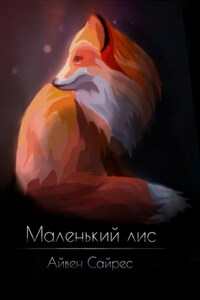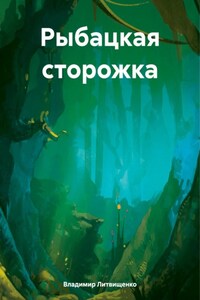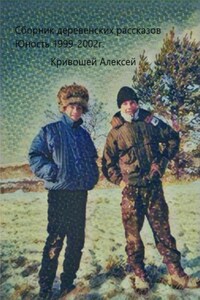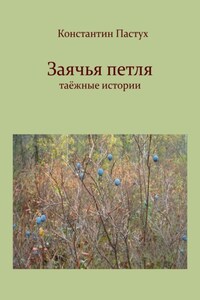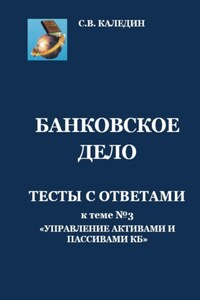Kenneth Mellanby, C.B.E., Sc.D.
S. M. Walters, M.A., Ph.D.
PHOTOGRAPHIC EDITOR
Eric Hosking, F.R.P.S.
The aim of this series is to interest the general reader in the wild life of Britain by recapturing the inquiring spirit of the old naturalists. The Editors believe that the natural pride of the British public in the native fauna and flora, to which must be added concern for their conservation, is best fostered by maintaining a high standard of accuracy combined with clarity of exposition in presenting the results of modern scientific research.
THE aim of the New Naturalist series is âto interest the general reader in the wildlife of Britainâ. As over 80 per cent of the surface of this country is farmed in one way or another, the majority of New Naturalist books have been at least partly concerned with the effects of agriculture on our wild animals and plants. This is particularly true of the late Sir Dudley Stampâs Man and the Land, the late Sir John Russellâs The World of the Soil, Dr Ian Mooreâs Grass and Grasslands, my own Pesticides and Pollution, the late Dr R. K. Murtonâs Man and Birds and, perhaps most significantly, Hedges by my colleagues Drs E. Pollard, M. D. Hooper and N. W. Moore.
As the series already covers the subject of farming and wildlife so substantially, readers may wonder why this further volume is thought necessary. I believe that it may be valuable to consider, in one volume, the ways in which modern farming is changing our countryside and the wildlife of that countryside. I have tried throughout to concentrate on the effects of agriculture as it is practised in Britain in the second half of the twentieth century.
I could not have attempted to write this book had I not been so fortunate as to have had unique opportunities to see, at first hand, the problems of both farmers and conservationists. I was for over six years head of the Entomology Department at Rothamsted Experimental Station, the worldâs senior agricultural research station. Then, in 1961, I joined the staff of the Nature Conservancy, on appointment as the first Director of Monks Wood Experimental Station, where the emphasis was on conservation, but where the effects of pesticides and changing farming practices on wildlife were investigated. I have thus had the opportunity of working with colleagues who have been closely involved with my subject. Thus lowland grassland was the main interest of the team led by Dr Eric Duffey; he has edited an authoritative book Grassland Ecology and Wildlife Management which has proved a valuable source of information on this subject. Dr Norman Moore was head of the Pesticides and Wildlife Section, and he also organised the Nature Conservancyâs Agricultural Habitat Team, which contributed substantially to my subject. Then I have lived for twenty years in the most intensely farmed arable area of Britain, and have had the opportunity of discussing their problems with farmers and land owners throughout the country. So I hope that I have been able to understand the point of view of both farmers and conservationists.
It would be idle to deny that there has been considerable conflict between the two groups. As I show, most recent developments in farming have been harmful to our wild plants and animals. Rare species have become rarer or extinct, and even common varieties may no longer be present for the enjoyment of the public in many parts of the country. On the other hand many conservationists have shown little understanding of the real difficulties of farmers, and have given them no help in overcoming these problems. Fortunately there is now a growing movement to bring the two sides together, to which I hope that this book will make some contribution.
In common with other books in this series, I have used common English names for plants and animals where these are generally accepted. I have also given the Latin name on the first occasion on which a species is mentioned. I have tried always to use the most generally accepted Latin names, relying for instance on The Flora of the British Isles by W. R. Clapham, T. G. Tutin and E. F. Warburg for flowering plants, and for insects I have used A Check List of British Insects and other publications by G. S. Kloet and W. D. Hincks. I apologise to any systematists if I have not given any new Latin names which their studies have established; I think that readers will be able to identify the organisms which I mention in my text.
